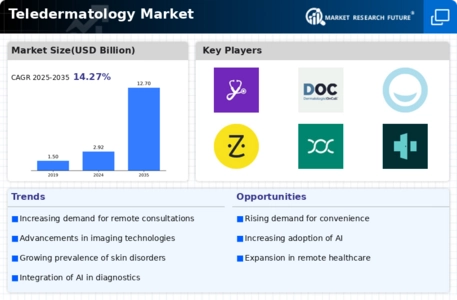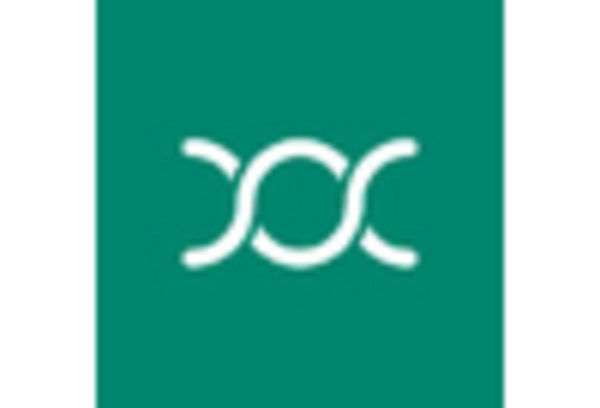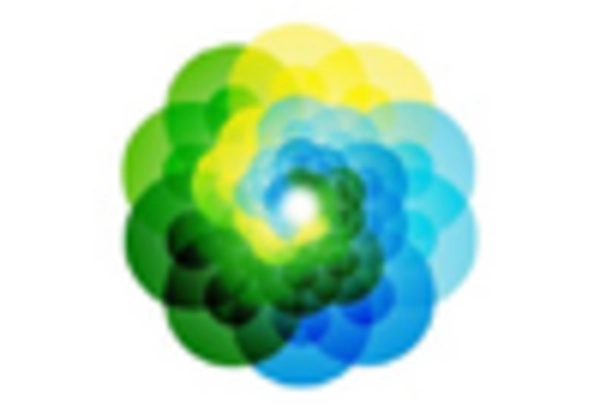Market Trends
Key Emerging Trends in the Teledermatology Market
The Teledermatology market growth and development is rapid, mainly due to technological developments in this field and the increasing popularity of accessible dermatological
care. Teledermatology market trends signify a shift in ways that skin care services are provided to patients, helping them receive their meds with greater convenience and efficiency. The emergence of teleconsultations for dermatological diagnoses is one major trend in the Teledermatology market. Patients can now communicate with dermatologists over the Internet, allowing for prompt assessments and consultations along with recommendations on further treatment without having to make physical appointments. Store and forward teledermatology is becoming popular as a diagnostics tool. Patients take pictures of skin diseases and send them to dermatologists for distant assessment. This is an asynchronous approach for the dermatologists to study cases at their convenient time hence enhancing efficiency in diagnostic process. One significant trend is integrating AI in teledermatology. AI-powered algorithms process skin images to support dermatologists in diagnosing conditions, determining disease progression and recommending treatment approaches. This technology advancement improves diagnostic accuracy and productivity. The increase in the number of mobile applications that are dedicated to monitoring skin diseases changes patient involvement. These apps enable users to monitor changes in their skin conditions, receive prompts about medication times, and interact with healthcare providers thereby promoting an active and proactive attitude towards skin health. Remote monitoring of chronic skin conditions is increasingly used through teledermatology. For instance, patients with diseases such as psoriasis or eczema can inform healthcare practitioners about the state of their skins to allow for ongoing care and timely changes in treatment regimens. Market trends show that teledermatology services are rapidly expanding in rural and undeserved places. Virtual consultations eliminate geographical distances and allow people living in remote locations to receive specialized dermatological care, which might be otherwise limited or unavailable. The market is seeing the arrival of some home dermatology kits allowing patients to do few diagnostic procedures at their homes. These kits may contain equipment such as photography instruments for taking high quality shots of skin conditions, collection tools or even measuring devices that register specific parameters required in dermatological assessments. Personalized teledermatology platforms are becoming popular, providing custom solutions for distinct dermatological requirements. Some platforms cover general dermatology, while others deal with particular niches such as cosmetic or pediatric fields of practice of a dermatologist ,including boards for pathologists and other specialized physicians. The market trends in dermatological segment involve a more significant value stressed on security measures. Teledermatologists also focus on encryption, secure data transmission and implementation of privacy regulations for the protection of patient information. Teledermatology trends highlight an increased focus on patient education and empowerment. Digital platforms provide resources, educational materials, and interactive tools that empower patients to better understand their skin conditions, treatment options, and preventive measures. Teledermatology providers are increasingly collaborating with dermatology AI companies to leverage advanced diagnostic algorithms. This collaboration enhances the capabilities of teledermatology platforms, allowing for more accurate and efficient skin condition assessments.









Leave a Comment